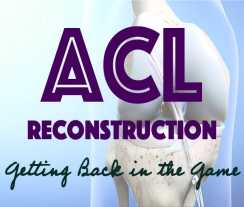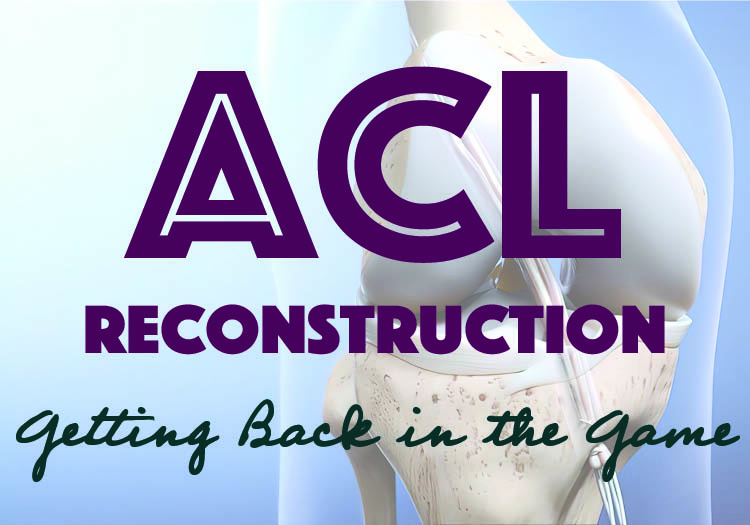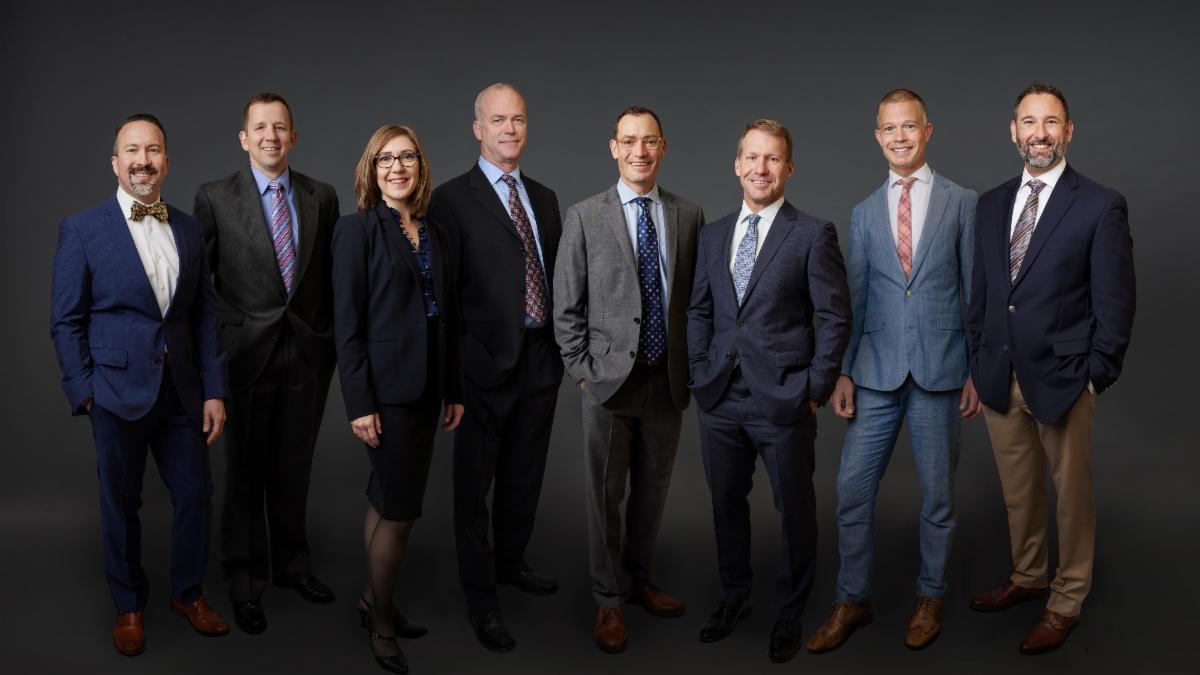You heard the pop in your left knee as you pivoted on the field. You felt the sudden pain. The swelling kept getting worse. You knew there was no walking this one off. In fact, it was hard to walk at all. The Anterior Cruciate Ligament (ACL) is one of the most commonly injured ligaments in the knee—and you might have just experienced a complete tear of yours.
What happens during surgery?
Stitching an ACL back together will not work, so it must be reconstructed. A section of tendon is used to replace the torn ACL. That piece of tendon is called a “graft.” Usually, one of two types of grafts are used to reconstruct the ACL: an autograft, which comes from the patient, and an allograft, which comes from a cadaver.
If an autograft tendon is used, the piece of tendon is obtained from what is called a “donor site” in the patient’s body. The donor site might be the middle part of the patellar tendon (kneecap/tibia tendon), the middle of the quadriceps (quad) tendon just above the kneecap, or the hamstring tendons which are harvested from the front of the knee where they insert. If part of the patellar tendon is used as the graft, it will have small pieces of bone on each end. The quad tendon and hamstring tendons on the other hand, do not have bone attached to them. In any case, only part of the tendon is removed from the donor site; most of the tendon remains in place and keeps doing its normal job.
Allograft (cadaver) tendon undergoes a special process to clean and prepare it before it is used in a patient.
For both autograft and allograft procedures, small tunnels are created in the top part of the tibia and the lower part of the femur. The tendon is then pulled through these tunnels. If there are bone pieces on the ends of the graft, those are often fastened to the tibia and femur with bone screws. However, there are several different ways to secure a graft whether or not bone pieces are attached to it. As time goes on, those small tunnels will fill with bone, and that keeps the graft in place.
When can I get back to sports?
This varies for each individual and the demands they expect to place on their ACL. Faithfully following your postoperative rehabilitation program is the key to a quicker recovery. It typically takes about 3 to 4 months to return to normal daily activities. However, returning to more demanding sports can take anywhere from 6 to 12 months depending on how much twisting and pivoting is involved.
The time it takes to return to a sport is heavily dependent on conditioning exercises. These are modified over time based on regular assessments by your physical therapist and physician. The goal of everyone involved is to return you to your chosen lifestyle and desired level of sports activity as soon as possible while minimizing the risk of re-tearing the ACL.
If you suspect you have a torn ACL, call Orthopedic + Fracture Specialists today to schedule an appointment with a Sports Medicine provider.



